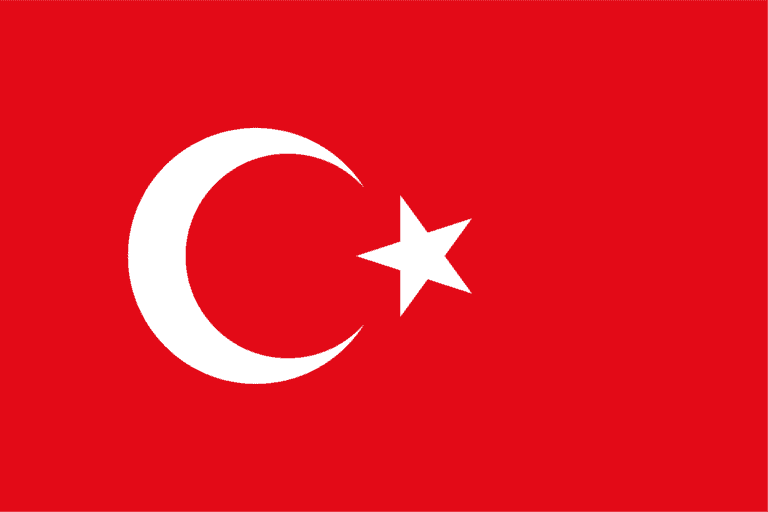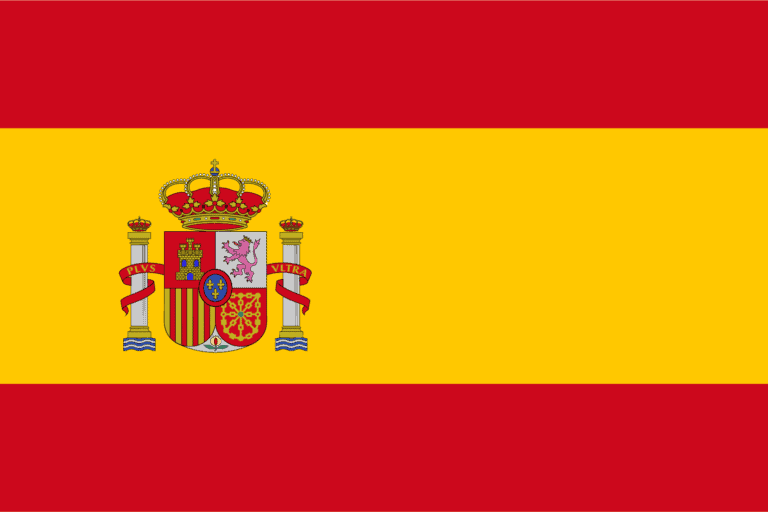European Jewish Association Chairman Rabbi Menachem Margolin and Senior Advisory Board Member and Chairman of the EJA Committee for combatting antisemitism Chief Rabbi Jacobs yesterday held a meeting with European Commissioner for Health and Food Safety Stella Kyriakides.
In a frank and honest exchange of views, the Rabbis expressed their gratitude for statements against antisemitism but said that nowhere near enough was being done by the European Commission to defend the fundamental right of Freedom of Religion. The EJA Senior representatives pointed to the recent Belgian and Polish political initiatives that seek to limit access to Kosher meat as evidence of a lack of impetus by the EU Institutions to defending freedom of religion from political interference.
The EJA thanked the Commissioner for her time, and will continue our efforts in ensuring that the college of commissioners are fully appraised of the challenges not only faced by antisemitism but by repeated initiatives that seek to ban or severely impact fundamentals of Jewish faith and practice. We were reassured by Madame Commissioner that the Commission is fully committed to ensuring freedom of religion.
Additional Articles

European Jewish group honors Adidas for dropping Kanye West
(January 24, 2023 / JNS) Meeting at the European Jewish Association conference in Prague and the Theresienstadt Ghetto/Camp in the Czech Republic, legislators and senior European government officials declared war on antisemitic fake news and committed to encouraging educational programs against hatred.
During the conference, the EJA presented Adidas with the prestigious King David Award for its decision to cut all commercial ties with musician Ye, aka Kanye West, following his antisemitic remarks.
Ahead of International Holocaust Remembrance Day, which falls on Friday, more than 100 members of parliament, government officials, ambassadors and European Jewish leaders gathered to discuss how to deal with fake news and conspiracy theories against Jews in the media and social networks, and rising antisemitism in universities across the continent.
According to EJA Chairman Rabbi Menachem Margolin: “Even today, fake news poses a tangible danger to the well-being of Jews throughout Europe, a tool of hatred that is unfortunately strengthened by social networks and mixes conspiracy theories against Jews.
“The dozens of European leaders who responded to our call to come to Terezin pledged to fight against fake news that encourages antisemitism and implement educational programs to eradicate it,” he said.

- January 24, 2023
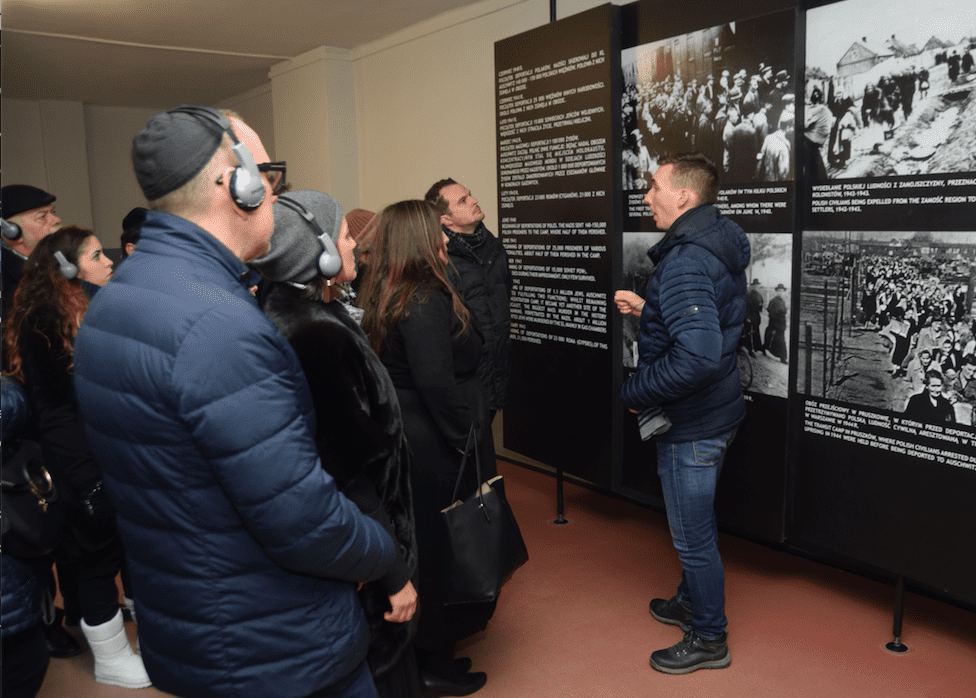
The ordinariness of Auschwitz
As a dear colleague put it, “Where is the monster? It would be easier to deal with if there was a monster here.”
I’m just back from a delegation that we at the European Jewish Association organized to Auschwitz for around 150 ministers and parliamentarians from across Europe. In the days leading up to Holocaust Remembrance Day and the poignant 75th anniversary of the liberation of the most infamous death camp of all, we read the harrowing statements of the last few witnesses, and pledges from the great and the good “never again.”
I’m still trying to process what I saw, to reconcile what in my mind Auschwitz means with what it actually is when you walk through the gates. The word that best sums it up, the word that makes me sick in the very deepest pit of my stomach, is how ordinary it is.
I don’t know what the gates of hell should look like, but if you, like me, try to imagine it, you don’t picture bucolic countryside surrounding it, a McDonald’s drive-thru close by, parents pushing their children up the street, kids loitering around bus stops trying to look cool, and old people chatting outside the shops.
As a dear colleague put it, “Where is the monster? It would be easier to deal with if there was a monster here.”
That perfectly encapsulates what is so scary and upsetting about the place: There’s no monster.
The gates of hell have a parking lot, a pizzeria over the road, and students in tight jeans and Ugg boots chewing gum while waiting to have a look inside. Our Jewish ground zero, literally the sight of our worst nightmare, the scar that each and every one carries in our heart, is an ordinary place.
Now I have to tell you that the staff there are incredible people. Our guide Michal believes with every ounce of his being that it is his duty as a resident to tell the story and history of the place. His knowledge is terrible and devastating. He paints a visual Guernica with his words: the 7 tons of human hair that they found packed and ready to be stuffed into God knows what; the fact that they found traces of Zyklon B in the hair; the number of people who shoveled bodies into the crematoria. I could go on but I won’t.
A few hundred meters from Auschwitz is Birkenau. If Auschwitz is hell’s waiting room, Birkenau is where the doctor, quite literally, would see you. Selection, and then into the flames. Gone for eternity.
And yet again, so close by, you find houses with swings in the yard, bored dogs barking at cars, the half-constructed BBQ made of bricks that was never quite finished (maybe next year when the rain lets up).
Auschwitz is so terrifying to me, not because of what happened inside those gates. I know the horrors, I’ve been raised on them. No, it’s so terrifying because of what goes outside of them, so close, so palpably close. A town where life 80 years ago continued its slow, mundane pace.
While the crematoria burned and the latest shipment of Greek Jews arrived to be murdered, two old men sank a pint in the nearby pub. A baby cried because its toy broke. Teenagers fumbled awkwardly away from watching eyes.
I can’t reconcile at all how ordinary life could continue. And worse, I’m scared. I’m scared that people can tuck into their Margherita pizza after the tour is over, the same way that you can swim with Jaws at Universal Studios then tuck into wings and fries.
I’m scared too that surrounded by this ordinariness, just as it was all those years ago, antisemitism can keep rising and keep rising while tourists keep on going through those gates having learned nothing, and worse, get back to the football and order another drink while the kindle for the fires of hell is slowly being gathered again, right under their noses, and ordinary life continues.
The writer, Alex Benjamin, is the director of public affairs at the European Jewish Association.
The article was published by the JPost
- May 11, 2020

Germany puts 100-year-old on trial for Nazi crimes
Suspect accused of assisting in murder of 3,518 prisoners at Sachsenhausen camp between 1942 and 1945
A 100-year-old former concentration camp guard will on Thursday become the oldest person yet to be tried for Nazi-era crimes in Germany when he goes before court charged with complicity in mass murder.
The suspect, identified only as Josef S., stands accused of “knowingly and willingly” assisting in the murder of 3,518 prisoners at the Sachsenhausen camp in Oranienburg, north of Berlin, between 1942 and 1945.
Allegations against him include aiding and abetting the “execution by firing squad of Soviet prisoners of war in 1942” and the murder of prisoners “using the poisonous gas Zyklon B.”
Read More :
https://www.i24news.tv/en/news/international/europe/1633590174-germany-puts-100-year-old-on-trial-for-nazi-crimes
- October 8, 2021

Swastikas spray-painted on facade of synagogue in Netherlands
Ellen Van Praagh, President of IPOR, the Inter Provincial Chief Rabbinate, and Vice-Chairwoman of the Board of European Jewish Association, noted that the targeted synagogue is the oldest in the country. ”Antisemitism isn’t just a word anymore, it’s an act which we have to deal with. I am calling upon politicians and everyobdy who is responsible to try to prevent finally these awful atrocities.It’s never to do with Israel. It’s all about antisemitism. Try to prevent hate being spread in Holland,” she said.
The Jewish community in the Netherlands expressed dismay after swastikas were spray-painted on the facade of the synagogue in the city of Middelburg, in the province of Zeeland.
The daubing on the house of prayer was discovered by members of the Zeeland Jewish community around 8.30 p.m. on Saturday. “This once again evokes feelings of insecurity and fear in many people,” it said in the press release. They reported the incident to the police, who have launched an investigation.
The police have taken photos and said that two swastikas were found. A neighborhood search will take place on Sunday and police will check if there is any usable video footage.
Ellen Van Praagh, President of IPOR, the Inter Provincial Chief Rabbinate, and Vice-Chairwoman of the Board of European Jewish Association, noted that the targeted synagogue is the oldest in the country. ”Antisemitism isn’t just a word anymore, it’s an act which we have to deal with. I am calling upon politicians and everyobdy who is responsible to try to prevent finally these awful atrocities.It’s never to do with Israel. It’s all about antisemitism. Try to prevent hate being spread in Holland,” she said.
The Central Jewish Consultation (CJS) said it had learned of the act “with horror”. “How appalling that a defenseless old Jewish building becomes the target of anti-Semitic graffiti,” said CJO chairman Chanan Hertzberger.
According to the Center for Information and Documentation on Israel (CIDI), the leading Dutch-Jewish watchdog, reports of antisemitic incidents have spiked over 800% in the Netherlands since October 7.
Swastikas spray-painted on facade of synagogue in Netherlands
- February 6, 2024
